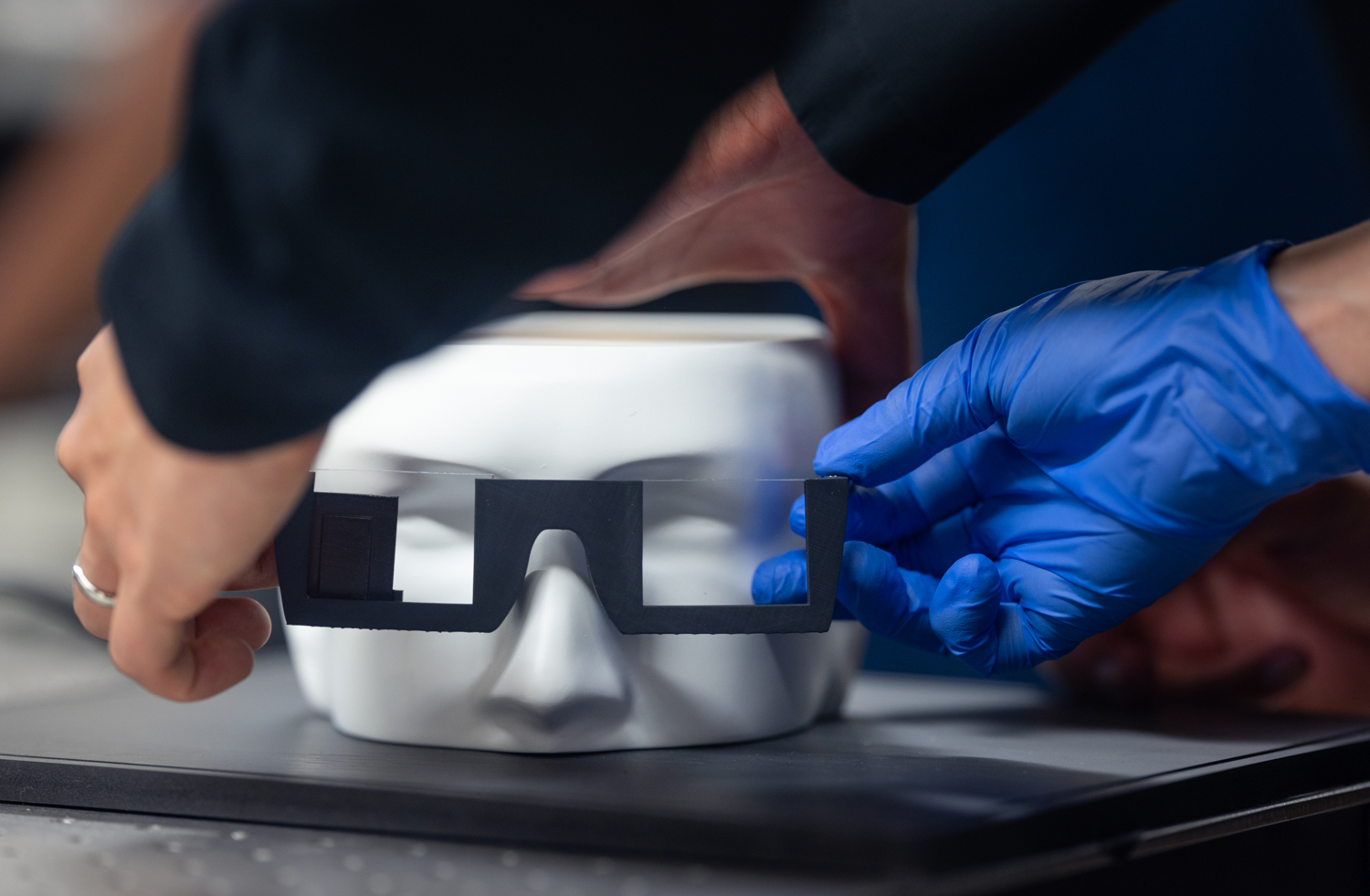
Innovations in Energy and Augmented Reality: The Future is Now
As emerging technologies continue to transform our daily lives, two recent developments stand out in the realms of energy and augmented reality (AR). From advanced solar solutions to cutting-edge computer glasses, these innovations promise to change the way we interact with our environment and improve our ongoing concerns regarding sustainable energy usage.
SolarFlow Hyper: A New Era for Solar Energy
In recent months, there’s been a growing interest in the use of Balkonkraftwerke, small solar power systems that can be installed in residential settings. However, participants in this burgeoning field soon realize the constraints tied to Germany’s regulatory framework, particularly the 800-watt limit for energy feed-in from these systems.
This limitation has led to complications for homeowners wishing to install multiple balcony power plants and storage systems simultaneously. Thankfully, Zendure has introduced a remarkable solution with its SolarFlow Hyper system. This new product allows for the interconnection of two communication units within the household network, managing energy input efficiently to comply with current legal requirements.
 Innovative solar solutions on the horizon.
Innovative solar solutions on the horizon.
What sets the SolarFlow Hyper apart is its advanced communication capability, ensuring that energy output remains within the legal threshold, thus circumventing the issue of overproduction. This technology is particularly advantageous for those wanting to maximize their energy independence while staying compliant with regulations.
The anticipation for the official launch in mid-2024 has sparked excitement. Early sales on the Zendure online store, along with partnerships with various distributors, are paving the way for homeowners eager to invest in more sustainable energy solutions. With discounts available through exclusive promo codes, the potential to reduce costs while expanding energy production is an attractive prospect.
Meta’s Vision for AR: The Orion Glasses
Parallel to these advancements in renewable energy, the tech world has been abuzz with the unveiling of the Orion smart glasses by Meta, a sophisticated device that aims to incorporate augmented reality into everyday life. Currently, we are on the brink of experiencing a technology that has been dreamed of for years: wearable computing that blends digital content seamlessly with our periphery.
At the developer conference, CEO Mark Zuckerberg showcased the prototype, which can display digital images directly onto transparent lenses. While the technology remains in its development phases, the implications suggest a future where AR could replace smartphones in various activities—from navigating urban landscapes to receiving instant notifications.
“These glasses represent years of visionary work in AR technology,” Zuckerberg stated, clearly outlining Meta’s ambition to lead the way in this innovative field.
 The future of augmented reality in your hands.
The future of augmented reality in your hands.
However, competition is fierce, with companies like Apple, which has opted for a different approach with their Vision Pro headset, rather than the lightweight version that consumers desire. Meta’s development strategy acknowledges existing obstacles, such as power consumption and the compact size needed for batteries, crucial for maintaining portability without sacrificing performance.
As AR continues to gain traction, it’s worthwhile to note the hurdles that could slow widespread deployment, from power demands to the limitations of current materials. Concepts like these also reflect on prior initiatives such as Google Glass, which faced numerous challenges despite being ahead of its time.
Implications for AI and the New Business Landscape
The push towards advanced technologies in energy and augmented reality isn’t happening in isolation; it coincides with shifts in the AI landscape. Recently, OpenAI, having evolved from a nonprofit to a for-profit structure, is preparing for a radical transformation. The imminent changes aim to position OpenAI as a leader in AI development, pursuing lofty goals including artificial general intelligence (AGI).
Despite facing departures from key personnel concerned about the organization’s trajectory, including CTO Mira Murati, OpenAI’s next steps indicate bold aspirations in the tech industry. As they seek substantial funding, the ongoing dialogue about their mission and how profits will be managed has garnered scrutiny and interest.
As an increasingly complex business landscape unfolds, we must consider the broader effects of such moves—how AI affects our lives, the ethical dimensions of innovation, and the implications of merging for-profit enterprises with missions centered on public welfare.
Conclusion: A Shared Future of Innovation
Both the SolarFlow Hyper system and Meta’s Orion glasses epitomize a transformative moment in technology, merging sustainability with practicality. There is a growing recognition that innovations in energy and digital interfaces can work together to shape our world in more intuitive and efficient ways. As businesses like OpenAI pivot to meet the demands of a rapidly evolving market, the promise of technology continues to flourish in collaboration with our desires for efficiency and enrichment.
In the coming years, it will be thrilling to witness how these advancements will redefine our interactions, enhance our realities, and enable a greener tomorrow.
In this interconnected era of technology, the future depends not just on what we can build, but also on keeping an eye on the values that inform such innovations. The path ahead is filled with possibilities, as we’re reminded that our steps towards a sustainable and digitally enhanced life are only just beginning.














